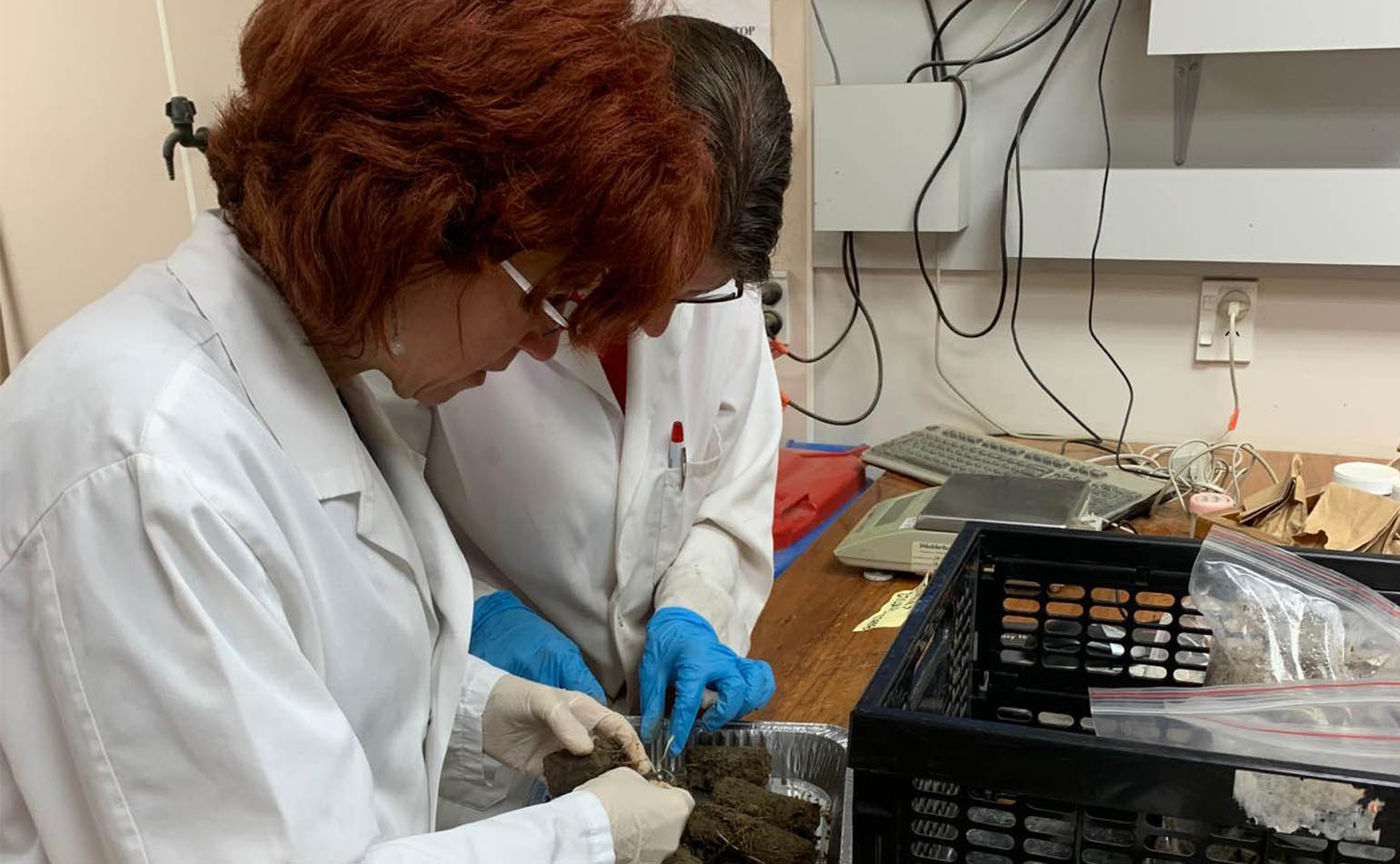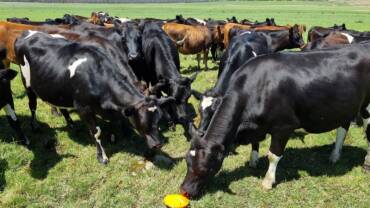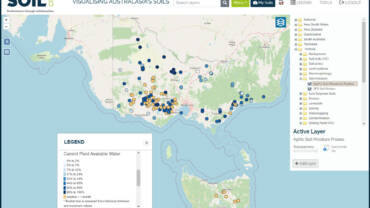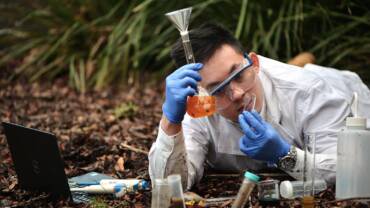Seeing the bigger picture: From fungi to regenerative agriculture
Regenerative agriculture | soil research | Posted Jun 04,2020It took Dr Gwen Grelet a little while before she discovered her passion for ecology and how various types of living creatures are interconnected (including humans!). Now she is taking that passion about interconnectedness and applying it to agriculture.
Dr Gwen Grelet grew up in France where she completed both her undergraduate and master degrees. She then moved to Scotland completing her PhD in Plant Ecophysiology at the University of Aberdeen. She now works for Soil CRC participant Manaaki Whenua Landcare Research New Zealand.
She knew she wanted to stay in Scotland (love can do that to you) and she knew she wanted to work on her own research, so she quickly realised that she needed to get really good at writing her own grant applications.
“It was really, very good for my career to learn to write my own grants,” Gwen says.
One of these successful grants led to looking at the interaction between plants and fungi; the role of the fungal network in trees and the undergrowth; and how fungi move carbon and nitrogen between plants, and also between air and soil.
There was one particular type of fungi that took Gwen’s fancy – called ericoid mycorrhizal fungi. Those are special beneficial fungi that live in the roots of plant “heaths” – or Ericaceae. These plants include blueberries and cranberries but also our native Australian Epacrids and several other plant species only found in the southern hemisphere.
Gwen won a prestigious Marie Curie Fellowship to study how these ericoid mycorrhizal fungi might support the invasion of Scottish heather and affect the soil carbon cycle in the UNESCO World Heritage site of Tongariro National Park in New Zealand – where endemic species of Ericaceae are being displaced. She split her fellowship work between the University of Aberdeen, Harvard University and Manaaki Whenua Landcare Research New Zealand.
This is when she fell in love with New Zealand and took a research position in Soil Ecology at Manaaki Whenua Landcare Research. There were many more funding opportunities for productive land systems than for native habitats, so she began working on a large project looking at dairy systems. With no previous experience in agricultural research, Gwen was looking at the dairy farms with an ecological hat and she had fresh eyes.
“From an ecological perspective, the dairy farms only made partial sense. We weren’t looking at the whole system – milk production was an obvious focus, but the health of the landscape and that of the heifers and farmer, for example, were not necessarily fully included in the way the system was designed” Gwen explains.
Her desire to look at the whole system in agriculture as she had when studying the networks and interactions of fungi, led her to regenerative agriculture.
“Regenerative agriculture is broad in its description, and seeks improvement of the system for multiple outcomes including economic, environmental, social or even cultural and spiritual. It is fascinating from a scientific perspective,” Gwen explains.
Regenerative agriculture can be polarising and there is a diversity of opinions on the topic.
“There is a lot of farmer-led anecdotal evidence suggesting that regenerative agriculture can deliver better on environmental sustainability, profitability and social wellbeing. However, there is also a paucity of scientific data on the topic. Hence, there is an element of distrust from the more conventional academic community around regenerative agriculture – leading to little research investment so far in the topic. Besides, the distrust is emphasised by the fact that some of the practices employed by regenerative practitioners are not anchored in proven scientific theories – however, it is not because a theory is as yet unproven that it is false” Gwen says.
Gwen leads the Soil CRC project ‘Regenerative farming systems’ working closely and collaboratively with a team which includes Primary Industries and Regions SA, Soils for Life and Wheatbelt NRM.
She says the project is special because it acknowledges that the agricultural system is complex, inter-connected and forever adapting and evolving, and also includes humans.
“A lot of the science we undertake is reductionist – yet to discover all of what is going on around us. It is important that we look at all the evidence using various approaches, especially approaches that are well suited to studying whole complex systems.
“This can be a challenge for reductionist scientists – and this includes me! We are used to working in silos. Most of us often only work with other colleagues from our own discipline. Farmers have such a wealth of knowledge; they are innovating all the time. Most of them, especially regenerative farmers, have a whole system mindset. So for sure, scientists do not necessarily know better than farmers. In our project, we are attempting to put the two together,” Gwen says.
Gwen hopes that through the Soil CRC ‘Regenerative farming systems’ project, other research projects will also benefit and learn more about asking questions of farmers, including them and their knowledge as equal partners in research from the start of the project, and working across programs and disciplines.
“It takes time to build relationships with farmers, but it is necessary. I really hope that this project will help ease the tension between science and regenerative farming.”





